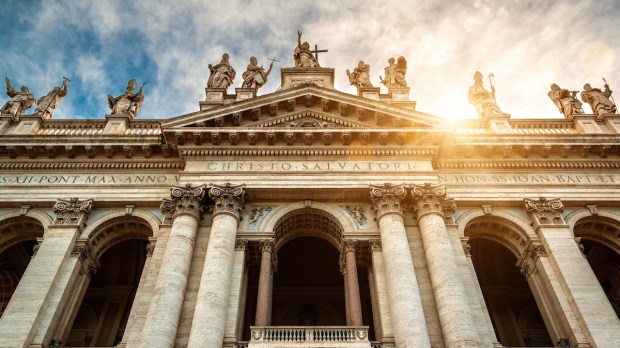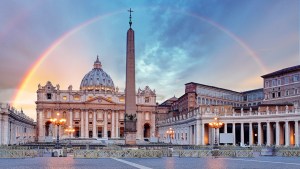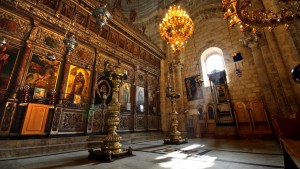For most people, the term “basilica” seems to refer to a large church, somehow rich in history and architectural splendor. But that is not necessarily the case – at least, not always. What exactly makes a basilica? Are there different types of basilicas?
In the Catholic Church, the designation “basilica” is a special honor bestowed by a pope on select churches. These churches have a significance beyond their local communities.
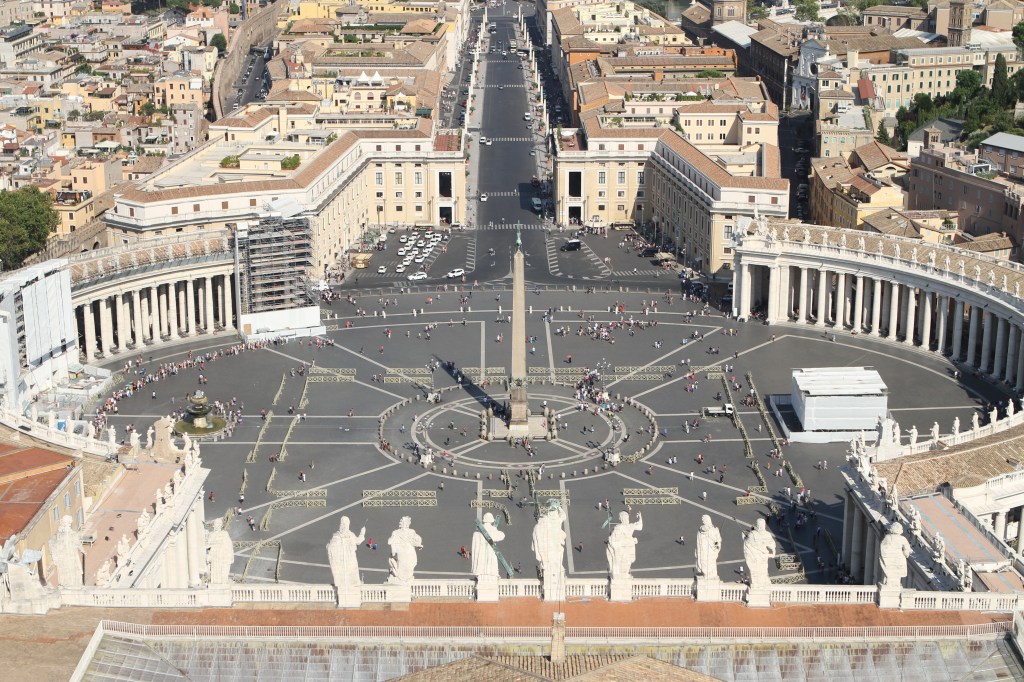
The word “basilica,” as we know it, is distinctively Roman. Ancient Roman, that is.
In Late Antiquity, the term was used to refer to a large public building used for legal, administrative, juridical, or even commercial purposes. Early Christians adopted the term for their own important churches, often replicating the rectangular hall of Roman basilicas, with a central nave and flanking aisles. But the word itself has a much more ancient origin. The Greek word basilikos, meaning “royal,” is derived from the word basileus, meaning “king.” Ancient Greek public buildings include a “Stoa Basileios” (that is, a Royal Portico) that some historians claim may have been the original prototype of later Roman basilicas.
2 Categories
There are (basically, and broadly speaking) two categories of basilicas: major and minor. The four major basilicas, all located in Rome, occupy a unique position – and are referred to as sacrosancta, “Most Holy.” They are St. Peter’s, St. John Lateran, St. Paul Outside the Walls, and St. Mary Major.
They are directly connected to the pope and have a special ceremonial significance. Among other distinctions, they all have a special holy door. Visiting one of these is always prescribed as one of the conditions for gaining the Roman Jubilee indulgence.
Minor Basilicas, on the other hand, are scattered throughout the world. A church becomes a minor basilica by meeting certain criteria established by the Holy See. These criteria may include historical significance, architectural beauty, or its role as a center of pilgrimage or liturgy. For example, a church like Barcelona’s Sagrada Familia might be recognized for its stunning artwork. Some others, because of their long history as places of worship for a particular community.
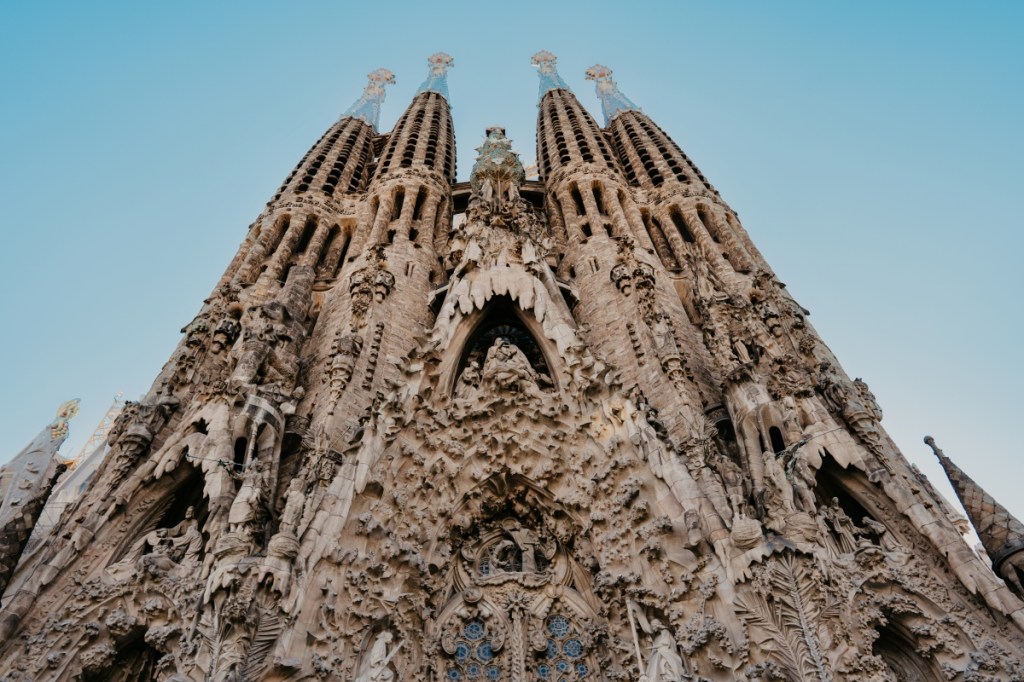
One important thing to consider is that there are no strict architectural requirements for a minor basilica. Some may resemble the traditional basilica form, while others may have an entirely different design. As of 2019, there are more than 1,800 minor basilicas worldwide – a testament to the significance and diversity of Catholicism around the world. These churches serve as local shrines and destinations for prayer and pilgrimage, fostering a special connection between the local faithful and the wider Church.
